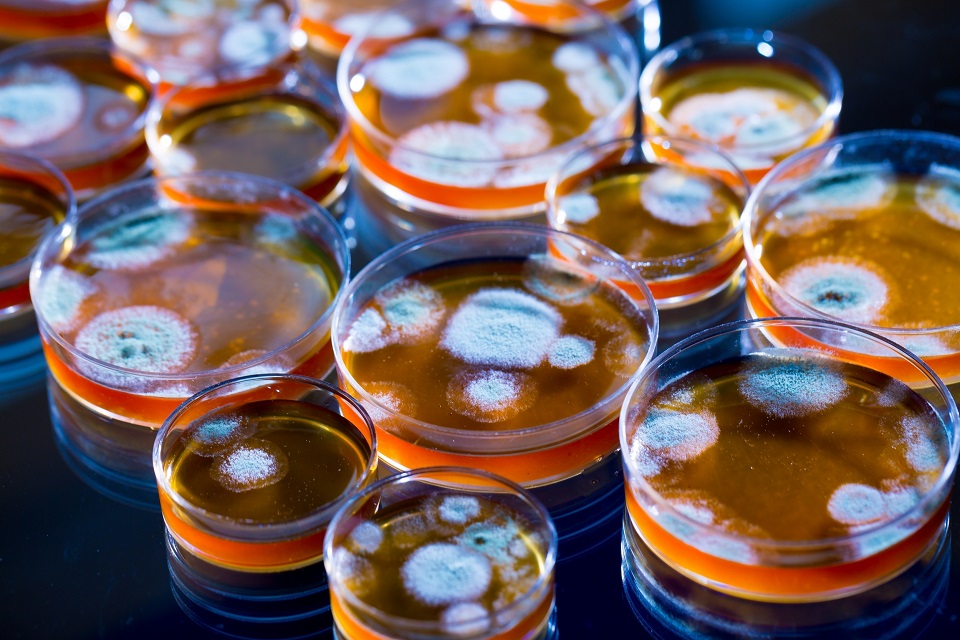
Penicillin
In 1928, Scottish scientist Alexander Fleming was working in his laboratory in the basement of St Mary’s Hospital in London experimenting with the influenza virus, little did he know his untidiness would aid in the discovery of something that would save millions of lives instead of taking them.
Fleming had just returned from a two week vacation to his messy laboratory, he had a reputation as a careless lab technician, to find that a mold had developed on an petri dish containing the bacteria Staphylococci that had carelessly been left uncovered.
There has been previous accounts from scientists and physicians on the antibacterial properties of the different types of molds, the mold penicillium in particular. However, no one had been able to discern the process, that was until Fleming began experimenting with this serendipitous accident.
To highlight just what a momentous discovery this actually was, there were only 400 million units of penicillin available during the first five months of 1943, by the time World War II had ended, U.S. Pharmaceutical companies were making 650 billion units a month. The lives this discovery has saved is incalculable.











































